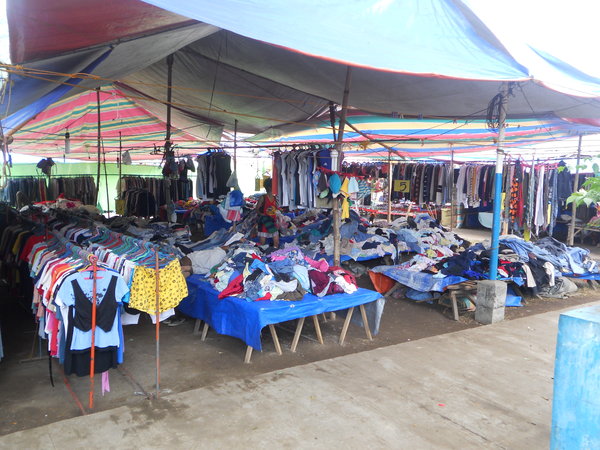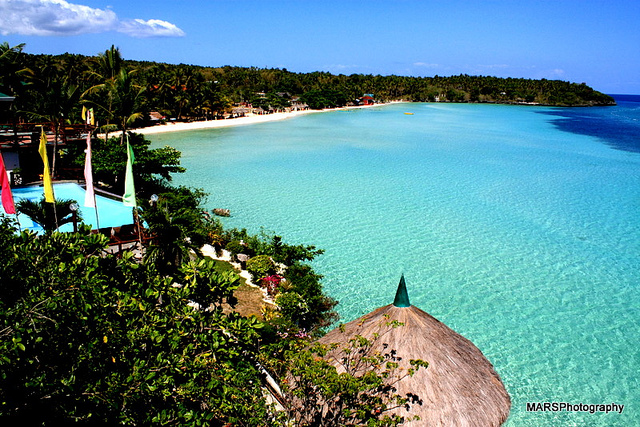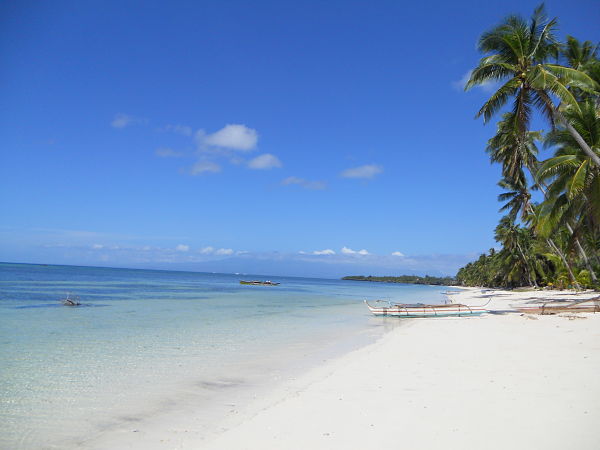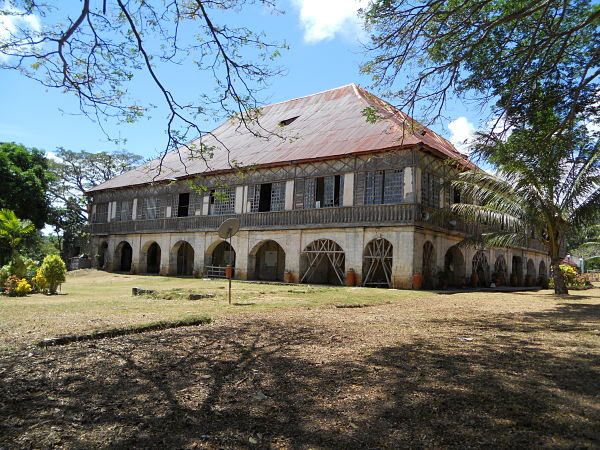Baguio City is known as the Summer Capital of the Philippines. Its location high up in the mountain regions of the Cordilleras gives it a much cooler climate that the surrounding lowlands, making it a favorite destination of many Filipinos to escape the sweltering heat.
Most of Baguio’s visitors know of the city as a former hill station of the Americans shortly after World War II. However, before that, Baguio was called “Kafagway”, an old Ibaloi word that means “wide open space”.
Kafagway
The Spanish first came to the region in the early 19th century and tried to colonize the locals. Strong-willed and proud, they refused to be cowed and retreated further into the mountains. Because of this, the Spaniards decided to establish rancherias and left them under the responsibility of the local aristocracy.
When the Americans arrived in 1900, Kafagway was mostly a marshland and a pasture for cattle during the dry season. Owned by Mateo Carino, it only had a few houses and no roads to speak of.
Because of its cool climate, the Americans thought it would be an ideal place to set as a summer getaway. Governor William Howard Taft and other officials readily proposed that it was to be the “summer capital” of the country.
In November 1900, the first civil government in the Benguet Province was established, with Kafagway as the capital. The name Baguio is said to have come from the Ibaloi word “bigyiw”, a moss-like plant that grew wild around the area.
American Names
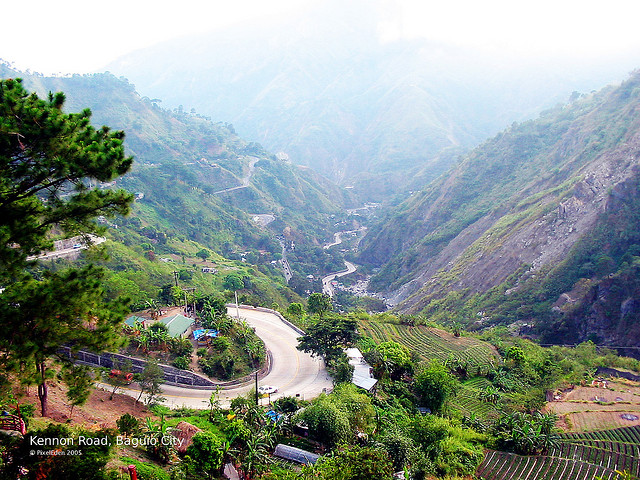
Visitors to Baguio will note that many of the places have American sounding names. This is due to the fact that many of the city’s planners were Americans. Major Lyman W.V. Kennon designed the road that connects Rosario town in La Union to Baguio City. Originally called Benguet Road and opened in 1905, it was renamed Kennon Road in his honor.
Architect and urban designer Daniel Burnham was commissioned to design the plans for Baguio City, along with Manila City and the Provincial Capitol Building in Bacolod City. The main park in Baguio is named in his honor. Burnham’s name is associated with several structures in Chicago and Washington D.C.
The Official Summer Capital
On June 1, 1903, the American colonial government passed a resolution that named Baguio City as the summer capital of the Philippine archipelago. The resolution also included a call to create structures, towns and transportation. Baguio was designed to be the summer residence of the officers and employees of the Insular Government, with Camp John Hay (its later and current name) as the ideal site.
The years that followed saw the rapid growth of Baguio City. A telephone system was put into place in the same year. In 1905 the Baguio Country Club was established and two years later, construction of the Baguio General Hospital began. In 1908, the forerunner of the Philippine Military Academy (PMA) was moved to Baguio from its original site in Intramuros, Manila.
In 1909, Baguio became the second city to be chartered in the Philippines.
World War II
The mountain city was heavily damaged during World War II. The city was the initial target of the Japanese air forces, with bombs destroying many of its structures. When the Imperial Army captured the city, Camp John Hay became the Japanese garrison and part concentration camp. In 1944, General Yamashita made Baguio his headquarters and the next year, the combined forces of Filipinos and Americans fought to liberate the city. In September 3, 1945, Gen. Yamashita signed an agreement stating the unconditional surrender of the Japanese Army.
Rising From the Ashes
The citizens of Baguio proved to be resilient. In the years after World War II, the city picked up the pieces and established itself as the center of commerce, education and recreation in the Cordilleras.
While its official capacity as the summer capital lapsed in 1976, the name stuck. Despite the many natural calamities and other challenges the city faced over the years, it has remained strong and continues to grow. Many tourists still visit the city, and it has seen rapid expansion in the past few years. It has also become a jump-off point for many places around the Mountain Region and the Cordilleras.
Baguio is the place to go to if one wishes for a break from the hot Manila weather. The people are warm and welcoming, and are very proud of their heritage. It’s a dynamic city that changes as time goes on, but still manages to hold on to its roots.
